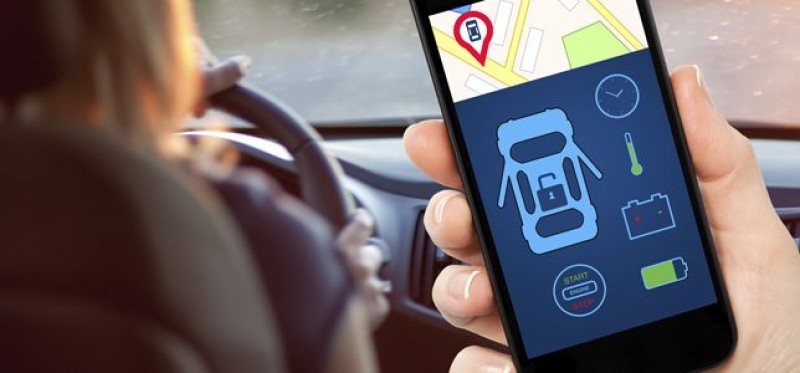Within the past decade, the process of researching and buying a car has radically changed with customers accessing myriad sources of online data and decreasing their dependence on showroom visits. Even the experience of riding in a car is changing. More vehicles are being rolled out with Wi-Fi connections, allowing passengers to stay connected to the web and providing dealers and automakers with more opportunities to reach out to car owners in real time. And, this is only the beginning. As technology continues to advance, here are four trends that are positioned to improve automotive customers’ experiences:
Data Integration Between Dealers and OEMs Will Improve
Integrating a variety of data points from vehicle service history to OEM website interactions is crucial to managing the customer experience throughout the lifecycle, but fragmented data sources have made it difficult to get a holistic view of the customer. Dealers and OEMs are overcoming this challenge by sharing more data to leverage customer insights.
For example, a large automaker is addressing the disparate data problem by using the same CRM system within its corporate operations as well as with dealers so that the two can share data. This way, regardless of where a customer interaction takes place, whether at the dealer or OEM level, the data is visible by both sides, allowing for a greater level of support. If a customer, for instance, took his vehicle to a dealer for maintenance, the manufacturer is aware of this interaction and—most importantly—its outcome, allowing both sides to provide a better customer experience and increase customer retention.
The Buying Journey Will Change
Consumers are more informed than ever before when they step into a showroom. In fact, 76 percent of a car buyer’s research process is spent online, and showroom visits prior to purchase are down by 75 percent, according to J.D. Power and Associates. At the same time, customers expect brands and dealers to provide information and services in face-to-face interactions that are aligned with what they’ve learned from online sources.
Dealerships are adapting to changes in the buying cycle by providing interactive digital showrooms and hybrid services that give customers the freedom to research vehicles at their leisure and speak with a salesperson when they need more information. BMW, for example, created the “BMW Genius Everywhere” program, which offers a team of technology experts or geniuses who can answer customers’ questions in BMW dealerships, via a smartphone or tablet, or by calling the BMW Genius Hotline.
Dealers and Vehicles Join the Internet of Things
Vehicles are increasingly being connected to the Web, allowing passengers to access online content and helping manufacturers and dealers stay in touch with car owners. Web-linked cars help drivers navigate their best route home and automatically schedule maintenance appointments, among other functions.
And while the engagement level between vehicle owners and the dealers typically decreases over time, dealers can boost engagement by continually providing customized products and services. For instance, if the vehicle requires an oil change, the owner can be invited to make an appointment through the car, while offering additional services in real time.
This will have a major impact on customer experience, allowing vehicle owners to remain on top of their cars’ needs. Connected cars may also be sent proactive recall notices and individual warranty information. This additional interaction channel is essential in maintaining the relationship among customers, dealers, and manufacturers throughout the car’s life cycle in an omnichannel environment.
Companies Will Deliver on the Omnichannel Promise
Advances in technology are making it easier for companies to provide the frictionless experience customers expect as they move between a company’s various channels. For instance, we can expect to see more companies, including dealerships, offer proactive chat on their websites to provide live human assistance in addition to static content. When offering a chat invitation, consider factors such as how long the visitor has already been on the site, what pages were viewed, and how much time is spent on particular pages. Use analytics to set up your algorithm and test it until you get it right.
Additionally, providing a temporal phone number that routes callers to service reps who specialize in handling the specific products or issues the prospect was dealing with on the site is another way to provide a personalized, seamless experience. If prospects are on the website and decide to call in, when they click the “contact us” button, they’ll see a toll-free number that is actually a unique, one-time-use phone number just for them. It will only be valid for a few hours, and when they call that number their call is routed to a specialist. A record of the prospect’s entire visit and click-stream data will be displayed on the rep's screen.
And while it is impossible to predict the future, it is clear that innovative digital creations will advance the automotive experience for both customers and businesses in the coming years.
From Concept to Reality: A Glimpse at Your Automotive Experience in 2020















